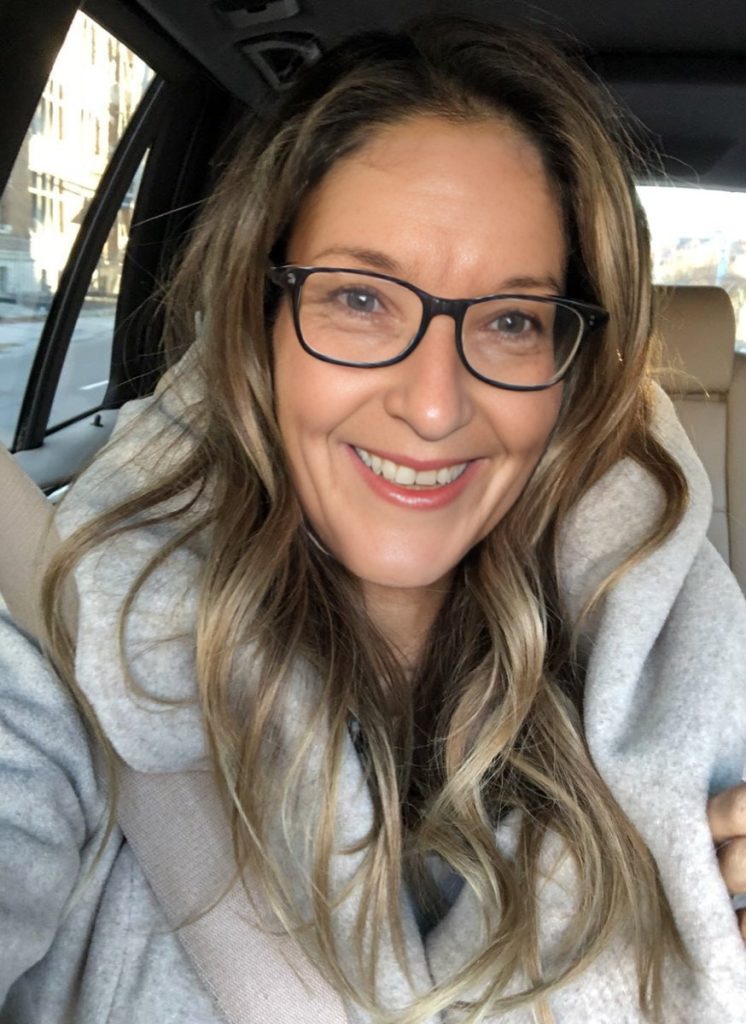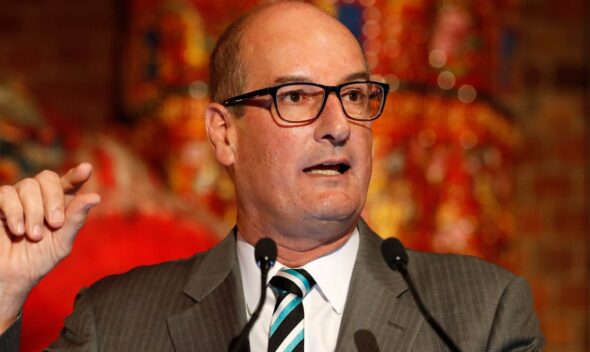After the accident, everything changed for her. One moment, she was living a vibrant, active life, and the next, she was facing one of the greatest setbacks she had ever known—an eye injury that left her vision compromised, her confidence shaken, and her future uncertain. It wasn’t just about seeing clearly anymore—it was about healing, adapting, and finding a new way forward. And that’s where CUDA glasses came into the picture.
Her eye injury happened suddenly, the result of a sports accident that sent her to the emergency room with a painful blow to the left side of her face. The impact left her with blurred vision, persistent headaches, and a depth perception that was wildly off. For weeks, she struggled to do even the simplest tasks—reading, driving, looking at screens, or recognizing faces in a crowd. Doctors explained that she had suffered trauma to the optic nerve and would need time, therapy, and patience to recover. But time wasn’t the only thing she needed—she needed support, tools, and hope.

Initially, she tried conventional glasses. They helped a little, but not enough. The strain in her good eye worsened, and she began to experience double vision and fatigue. Daily life became exhausting, and she felt like she was always playing catch-up with her own body. What she needed wasn’t just correction—it was enhancement. That’s when she heard about CUDA glasses from a rehabilitation specialist who worked with patients recovering from visual trauma.
CUDA glasses were different. Designed with advanced lens technology and tailored for neurological recovery and visual enhancement, these glasses weren’t your typical prescription lenses. CUDA (short for Cognitive Utility Designed Apparatus) glasses are crafted with the understanding that visual processing is deeply tied to cognitive function. Their lenses are engineered to reduce visual noise, enhance contrast, and support the brain-eye connection during healing. For someone recovering from an eye injury, that made all the difference.

Skeptical but desperate for relief, she tried them. The first time she put them on, she felt something she hadn’t felt in weeks: clarity. Not perfect vision, but a noticeable difference. The room didn’t seem to spin when she turned her head. Her focus sharpened, and reading didn’t feel like climbing a mountain anymore. It wasn’t a miracle cure—but it was a breakthrough.
The CUDA glasses worked in tandem with her therapy sessions. They made it easier to do the eye exercises prescribed by her vision therapist, reducing the strain and discomfort that had plagued her progress. More importantly, they gave her back a sense of independence. She could navigate the world with more ease. Going to the grocery store or walking through a crowded room no longer triggered anxiety. Her confidence slowly began to return.

What set CUDA glasses apart wasn’t just the physical relief they provided—it was the psychological boost. After an injury that had made her feel helpless, the glasses became a symbol of her resilience. Each time she put them on, it was a reminder that she was actively participating in her recovery, not just waiting for time to pass. They became part of her journey—an ally in the long, often frustrating process of healing.
There were still hard days. Vision loss, even temporary, isn’t something you bounce back from overnight. But with CUDA glasses, the setbacks didn’t feel as insurmountable. She was able to return to work gradually, using the glasses to reduce eye fatigue during long hours at the computer. She could finally enjoy hobbies again—reading novels, painting, even photography, which she had feared might be lost to her forever.

One of the most powerful moments came a few months into her recovery. She stood outside at sunset, wearing her CUDA glasses, and looked out over the horizon. The colors were sharp and vivid—the golds, pinks, and purples dancing across the sky. For the first time since the injury, she truly saw beauty in the world again, not just through her eyes but through her spirit. She cried—not out of grief, but out of gratitude.
Her journey isn’t over, and her vision may never return to what it once was. But she’s not broken. She’s adapted. And the CUDA glasses have played an incredible role in that process. More than a tool, they became a bridge—between struggle and strength, between injury and recovery, between despair and hope.

In a world that often takes vision for granted, her story is a reminder of how fragile and precious it really is. And how technology, when created with empathy and understanding, can restore more than just sight—it can restore life.




